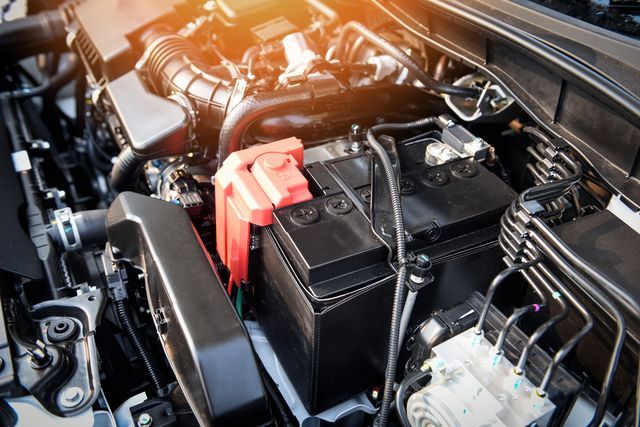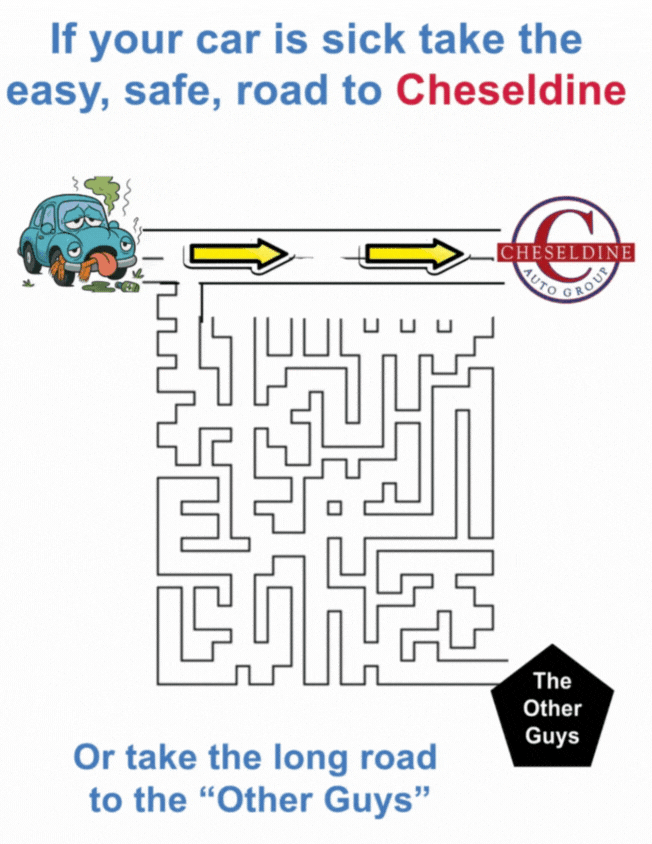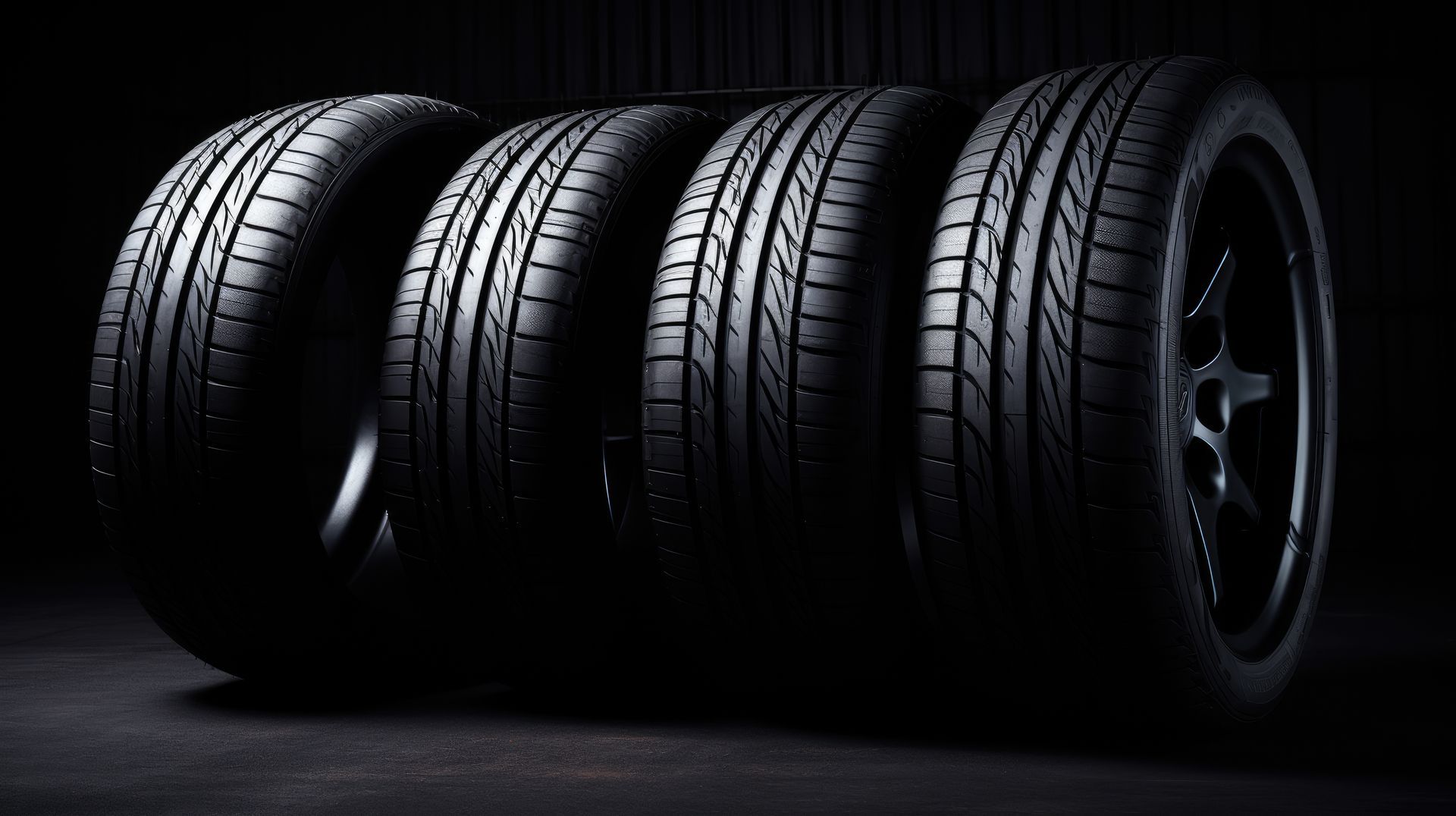How to Check Your Battery: A Comprehensive Guide

How to Check Your Battery: A Comprehensive Guide
Your vehicle's battery is a vital component that provides the necessary electrical power to start the engine and run various electrical systems. Regularly checking your battery's health and charge level is crucial to ensure your vehicle starts reliably and to avoid unexpected breakdowns. In this article, we will guide you through a step-by-step process on how to check your battery effectively.
1. Safety First: Before inspecting your battery, ensure your vehicle is parked in a safe location and the engine is turned off. Wear protective gloves and safety goggles to protect yourself from any potential acid leaks or sparks.
2. Locate the Battery: The battery is typically located under the hood, either on one side or near the front of the engine compartment. Refer to your vehicle's owner's manual if you need help finding it.
3. Inspect the Battery Case: Visually inspect the battery case for any signs of damage, such as cracks, leaks, or corroded terminals. If you notice any of these issues, it may be necessary to replace the battery.
4. Check the Battery Terminals: Examine the battery terminals for corrosion or buildup. Corrosion appears as a white or bluish powdery substance on the terminals and can hinder proper electrical connections. If corrosion is present, clean the terminals using a mixture of baking soda and water or a dedicated battery terminal cleaner.
5. Test the Battery Voltage: To check the battery's voltage, you will need a digital multimeter. Set the multimeter to the DC voltage setting and ensure it is capable of measuring at least 12 volts. Connect the red (positive) probe to the positive terminal of the battery and the black (negative) probe to the negative terminal.
6. Read the Voltage: With the multimeter properly connected, read the voltage displayed on the screen. A fully charged battery should read around 12.6 to 12.8 volts. If the voltage is significantly lower, it may indicate a weak or discharged battery that needs recharging or replacement.
7. Perform a Load Test: A load test determines the battery's ability to deliver power under a simulated load. It helps assess the battery's overall health and capacity. Consult a professional mechanic or use a battery load tester for an accurate load test.
8. Check for Cranking Power: If you experience difficulty starting your vehicle or notice slow cranking, it could be an indication of a weak battery. In such cases, seek professional assistance to determine whether the battery needs replacement or if there are other underlying issues.
9. Regular Maintenance and Charging: To maintain your battery's health, consider periodic maintenance such as cleaning the terminals, ensuring proper cable connections, and keeping the battery charged. If your vehicle is not used frequently, consider using a battery maintainer or trickle charger to keep the battery charged.
Conclusion: Regularly checking your vehicle's battery is essential for maintaining its reliability and avoiding unexpected breakdowns. By following these step-by-step guidelines, you can inspect the battery's case, terminals, voltage, and perform a load test if necessary. Remember to take proper safety precautions and consult a professional if you encounter any issues or have concerns about your battery's performance. With proper battery maintenance and monitoring, you can enjoy worry-free driving and extend the lifespan of your vehicle's battery.














